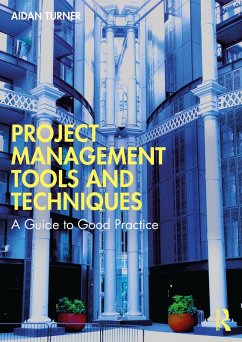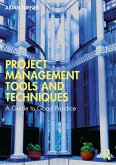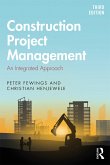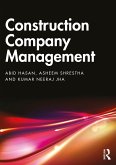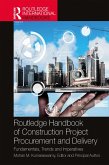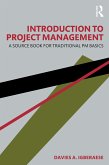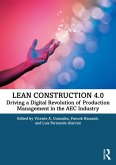· What does the tool or technique provide for the project?
· How is the tool/technique delivered, managed, and used?
· A case study of the tool or technique in use
· The historical context and development of the tool
This book covers core tproject management opics such as project feasibility, lifecycle, scheduling, budgets, risk, complexity, leadership, handover and much more. Together the four sections of each chapter look at the benefits of using the PM process, or 'why the process is used' followed by 'how it is delivered' and then address 'what can go wrong if it is ignored' before noting its development as a tool within Modern Project Management. Each chapter includes a discussion of how each tool has developed using examples of landmark projects throughout the world to enable the reader to bring the theoretical and practical elements together. This new textbook covers essential skills required for successful project management, allowing both students and practitioners to apply the topics discussed directly to their environment, heightening understanding of the what, how, and why of project management. This book is suitable for use on a variety of global project management courses in disciplines across engineering, built environment, and business. It is also a useful reference for newly established PMs looking for a handy toolkit.
Dieser Download kann aus rechtlichen Gründen nur mit Rechnungsadresse in A, B, BG, CY, CZ, D, DK, EW, E, FIN, F, GR, HR, H, IRL, I, LT, L, LR, M, NL, PL, P, R, S, SLO, SK ausgeliefert werden.

